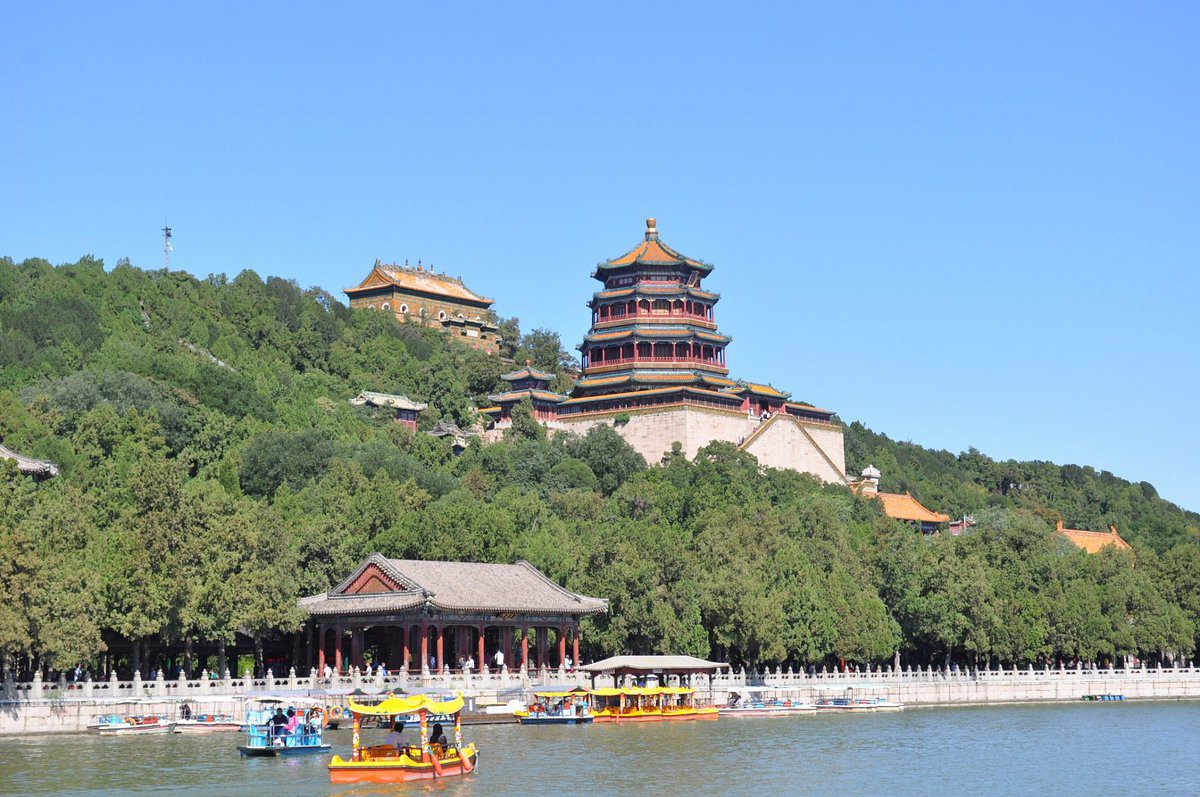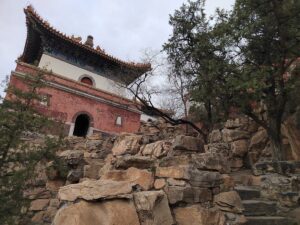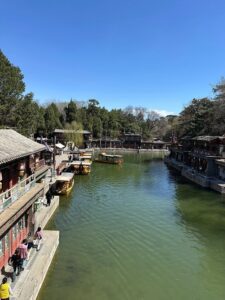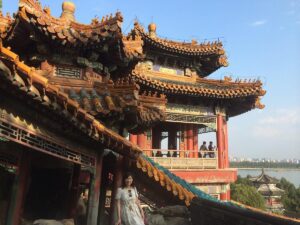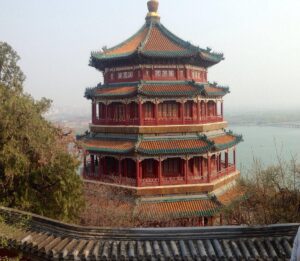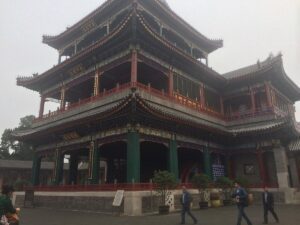Description
The Summer Palace (Yiheyuan) in Beijing, China, is one of the most renowned and beautiful imperial gardens in the world, recognized for its vast landscape, historical significance, and cultural heritage. Located in the Haidian District, the Summer Palace spans over 290 hectares, making it one of the largest royal parks in China. It was originally built during the Qing Dynasty as a retreat for emperors and their families, offering a peaceful escape from the hustle of the Forbidden City. The palace is centred around Kunming Lake, and its landscape features classical Chinese garden design, including temples, pavilions, bridges, and walking paths, creating a serene environment surrounded by lush greenery and water features.
The Summer Palace offers a wide range of activities and attractions, making it a popular spot for visitors from around the world. The park’s major highlights include the Long Corridor, a covered walkway adorned with exquisite paintings, the Marble Boat, and the iconic Tower of Buddhist Incense atop Longevity Hill, which provides breath-taking views of the lake and the surrounding area. Visitors can also take boat rides on Kunming Lake, stroll along its many paths, and visit the various pavilions and gardens that reflect traditional Chinese landscaping. The park is perfect for leisurely walks, cultural exploration, photography, and enjoying the tranquillity of nature.
The Summer Palace is dog-friendly, allowing pets on a leash, making it an ideal location for dog owners to take their pets for a walk. Public toilets and seating areas are conveniently located throughout the park, ensuring a comfortable visit for all. With its rich history, stunning landscapes, and variety of activities, the Summer Palace offers a unique blend of cultural exploration and natural beauty. Whether you're looking to explore the imperial architecture, take in the scenic views, or simply enjoy a relaxing stroll, the Summer Palace is a must-see destination in Beijing, offering an unforgettable experience of both history and nature.
Location
-
19 Xinjiangongmen Rd, Haidian District, Beijing, China
